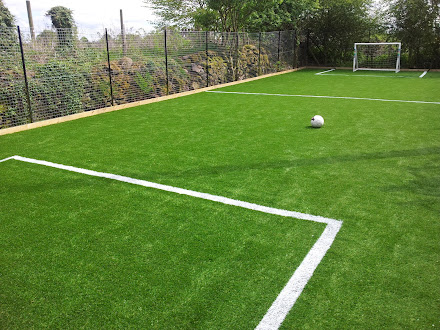Unveiling the Verdant Revolution: The Allure and Advantages of Artificial Turf
In recent years, artificial turf
has emerged as a revolutionary alternative to traditional grass lawns,
transforming landscapes and redefining outdoor spaces. This synthetic grass,
composed of durable materials such as polyethylene or polypropylene, offers a
plethora of benefits that extend far beyond its aesthetic appeal.
One of the primary advantages of artificial turf is
its low maintenance requirements. Unlike natural grass, which demands regular
mowing, watering, and fertilizing, synthetic turf remains consistently lush and
vibrant with minimal effort. This not only saves homeowners valuable time but
also contributes to water conservation efforts in regions facing water
scarcity.
Furthermore, artificial turf
provides a durable and resilient surface that withstands heavy foot traffic and
various weather conditions. This makes it an ideal choice for high-traffic
areas, sports fields, and playgrounds, ensuring a green and usable space
year-round. Its versatility extends to its adaptability to diverse climates,
making it an attractive option for both arid and rainy regions.
Environmental considerations are
also paramount, as artificial turf eliminates the need for harmful pesticides
and fertilizers, reducing the ecological impact associated with traditional
lawn care. Additionally, the absence of natural grass eliminates the carbon
emissions and noise pollution associated with lawnmowers.
As we embrace sustainable living
practices, artificial turf stands as a testament to innovation in landscaping,
offering a visually appealing, low-maintenance, and eco-friendly solution for
outdoor spaces. The allure of a consistently green and vibrant lawn, coupled
with the environmental benefits, makes artificial turf a compelling choice for
homeowners and businesses alike, ushering in a new era of landscaping.
.jpg)



Comments
Post a Comment